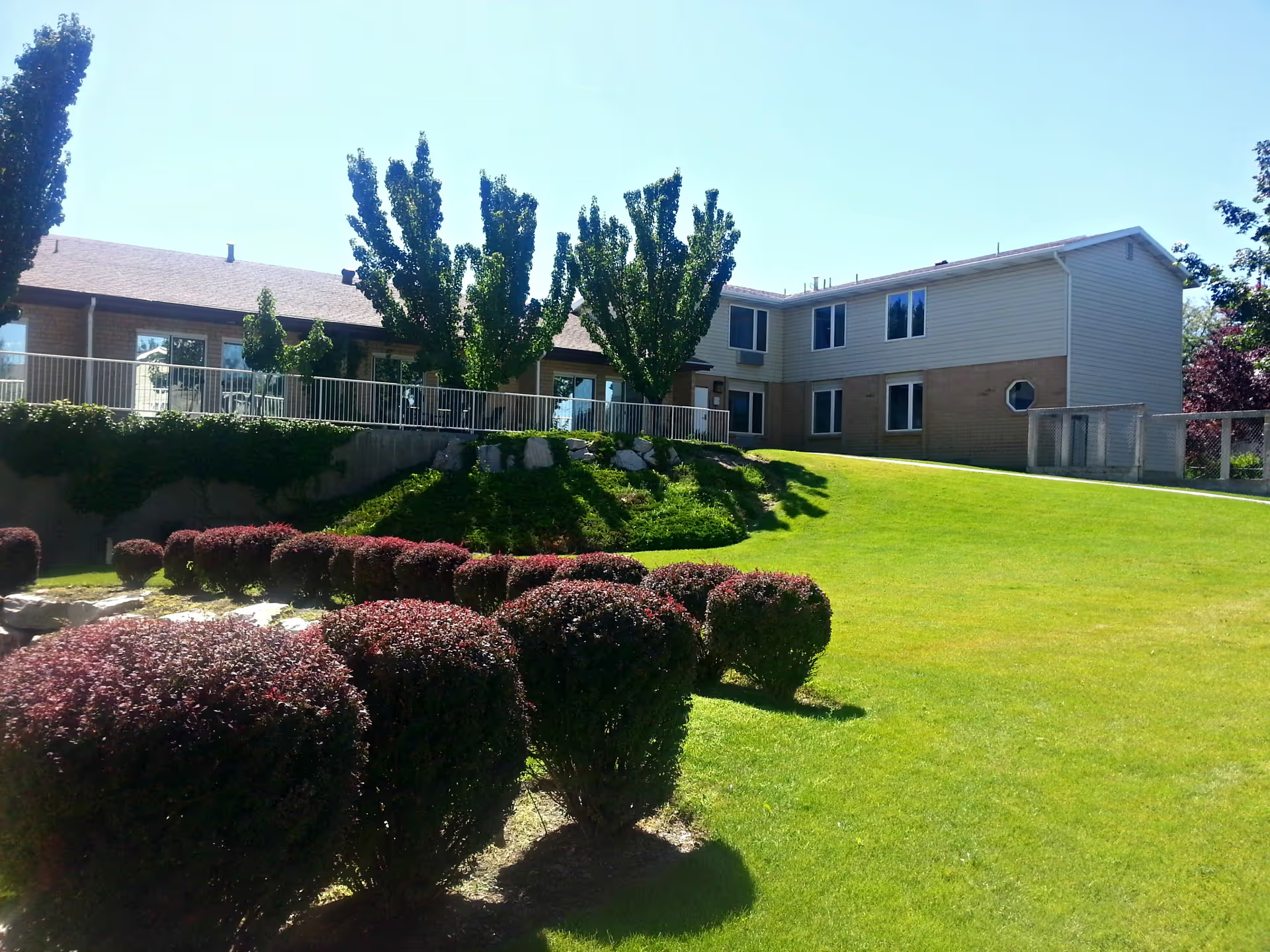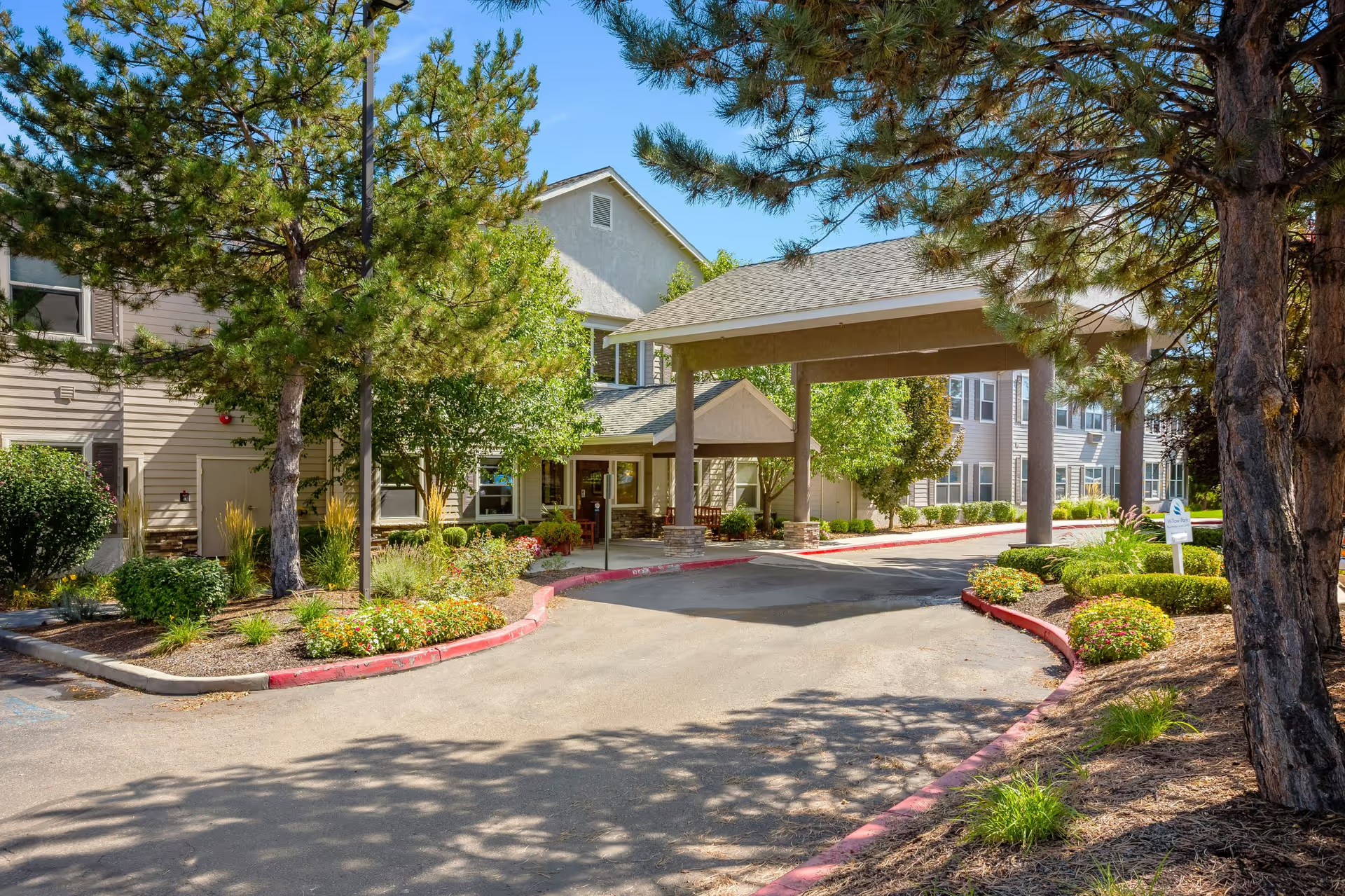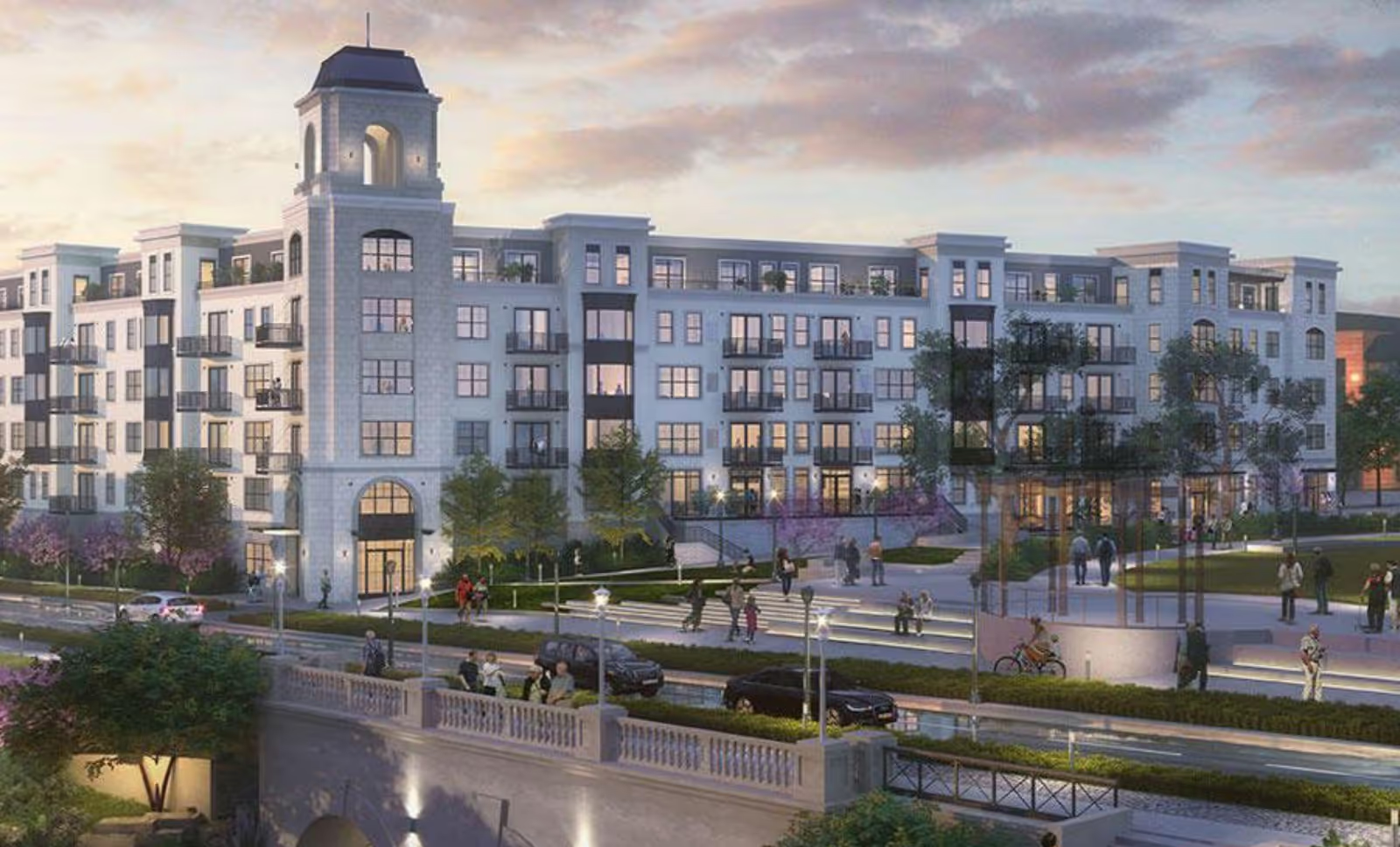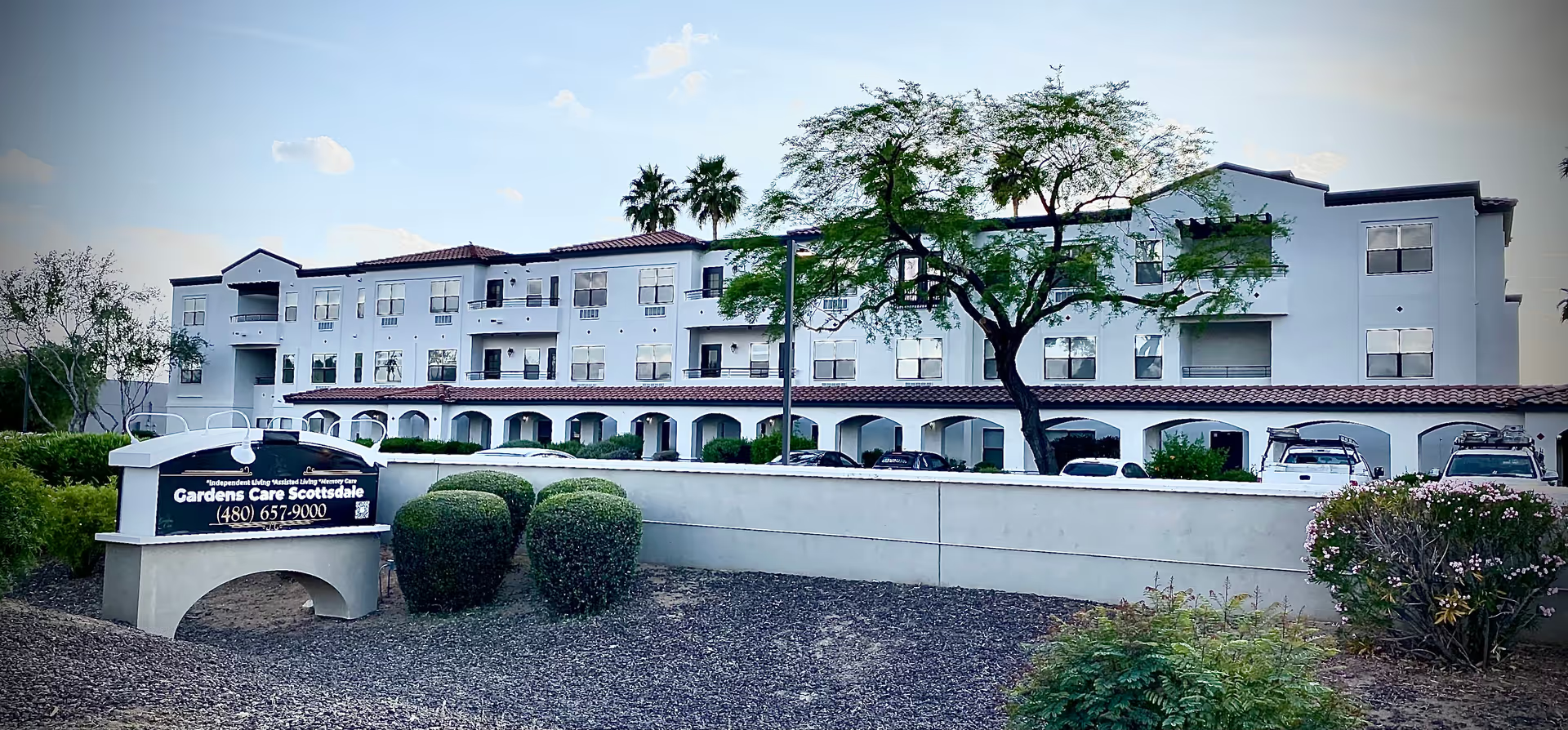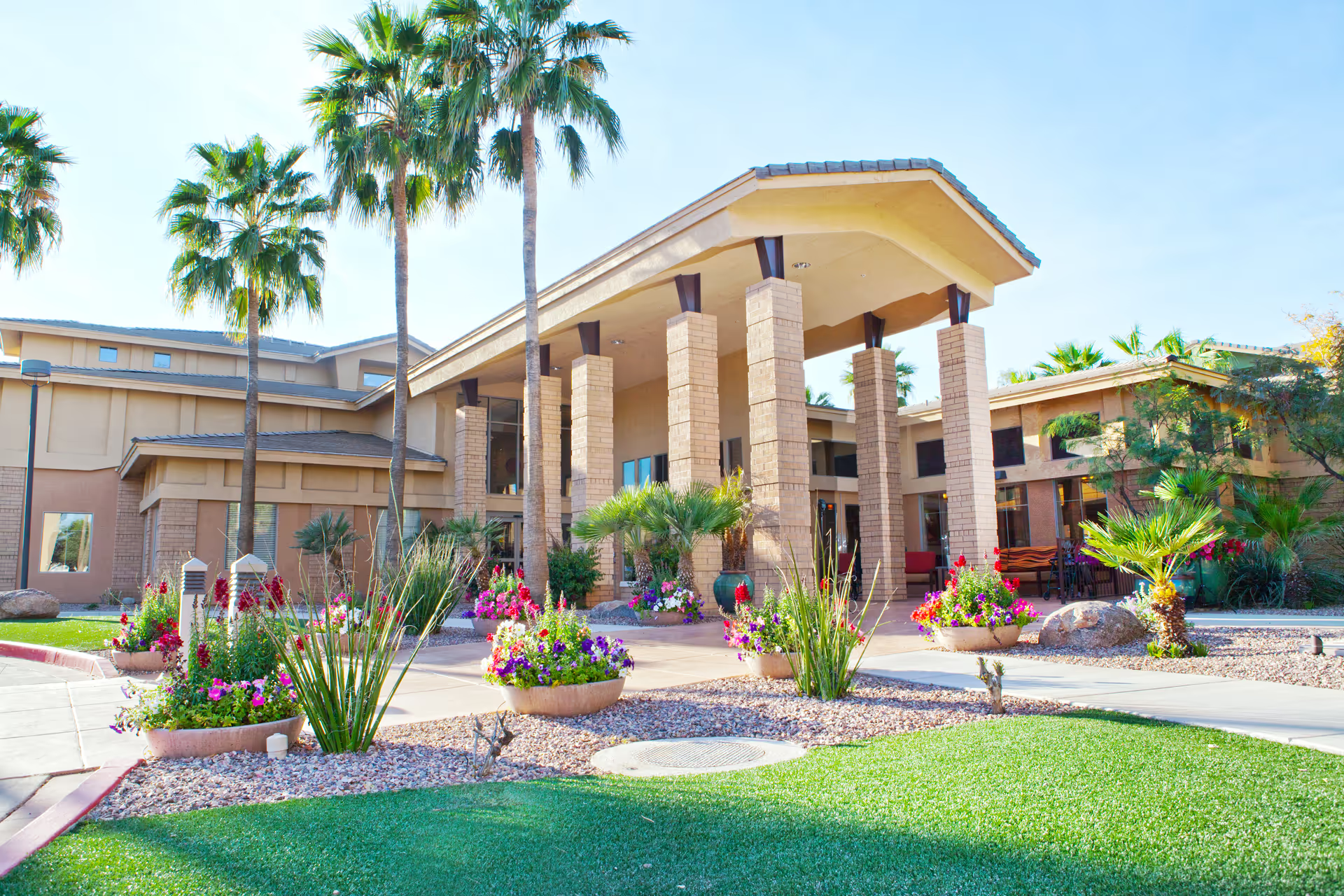Overall sentiment across the reviews for Primrose Retirement Community of Gillette is mixed but leans positive on several core areas: facility quality, many aspects of staff performance, amenities, and the social environment. Numerous reviewers highlight the physical environment—rooms described as beautiful, spacious, home-like, and elegant—and praise common areas and amenities such as a movie area, bazaars, a bar/wine area, dining room, and in-room cooking. Several comments specifically call the facility safe, comfortable, and welcoming to families, and multiple reviewers described the move-in or placement process as smooth and well-managed.
Care quality and clinical staff receive generally strong praise in many reviews. Nurses are commonly noted for their guidance, expertise, and person-centered approach; medical administration and hands-on caregiving are explicitly commended in several summaries. Some reviewers describe remarkable, individualized care and say they cannot imagine their loved one anywhere else. Positive mentions of staff include helpfulness, friendliness, and a supportive, homey atmosphere. Specific staff members are named positively—Charlynn is described as patient and passionate, and an executive (Chipper) and an administrative assistant receive commendations from some families.
However, there are consistent and important negative themes that temper the positive feedback. A number of reviewers report inconsistent staff performance—describing some aides as 'cranky' or dismissive—and cite high turnover among CNAs. Several families note insufficient staffing levels, which appears to contribute to lapses in service (delayed laundry, timeliness issues) and to complaints about activities and responsiveness. Cleanliness problems are raised explicitly (for example, hair in showers), and some reviewers say laundry is not done on time. There are also repeated remarks about unclear rules, poor communication from management, and a perception among some families that management does not follow through (several reviewers express distrust of Chipper and Dana, alleging that management says one thing and does another). A few clinical staff are described as policy-driven to the point of reluctance to help, which has negatively affected some residents' experiences.
Activities and social programming show a split in perceptions. Many reviews list plentiful and enjoyable activities—movies, games, bazaars, events—and describe a fun atmosphere with plentiful opportunities for engagement and transportation via the community van. Conversely, a minority of reviewers report that activities are 'very poor,' indicating inconsistency in programming quality or differing expectations across residents. Dining is more consistently praised; food is described as outstanding and plentiful by multiple reviewers.
Other operational and practical concerns include the lack of furnished apartments (noted by at least one reviewer) and the contextual issue that there are limited alternative senior-living options in the town, which some families mention when expressing dissatisfaction. There are also mixed impressions about housekeeping and laundry reliability, and about whether rules and policies are clear and fairly enforced.
In summary, Primrose Retirement Community of Gillette appears to offer many strengths typical of a well-appointed assisted living community: attractive and comfortable living spaces, a range of on-site amenities, generally strong nursing and person-centered care, a welcoming environment for families, and robust dining and transport services. At the same time, potential residents and families should be attentive to reported variability in staff attitudes and performance, turnover among frontline caregivers, occasional cleanliness and laundry issues, and concerns about management communication and follow-through. Prospective residents would benefit from asking pointed questions during a visit or tour—particularly about staffing ratios and turnover, cleaning and laundry protocols, how management handles family complaints, the consistency and schedule of activities, and the availability of furnished units—to confirm that the community’s strengths align with their priorities and to assess how leadership addresses the negative issues cited by some reviewers.
